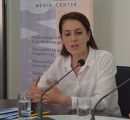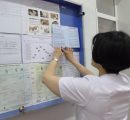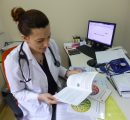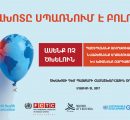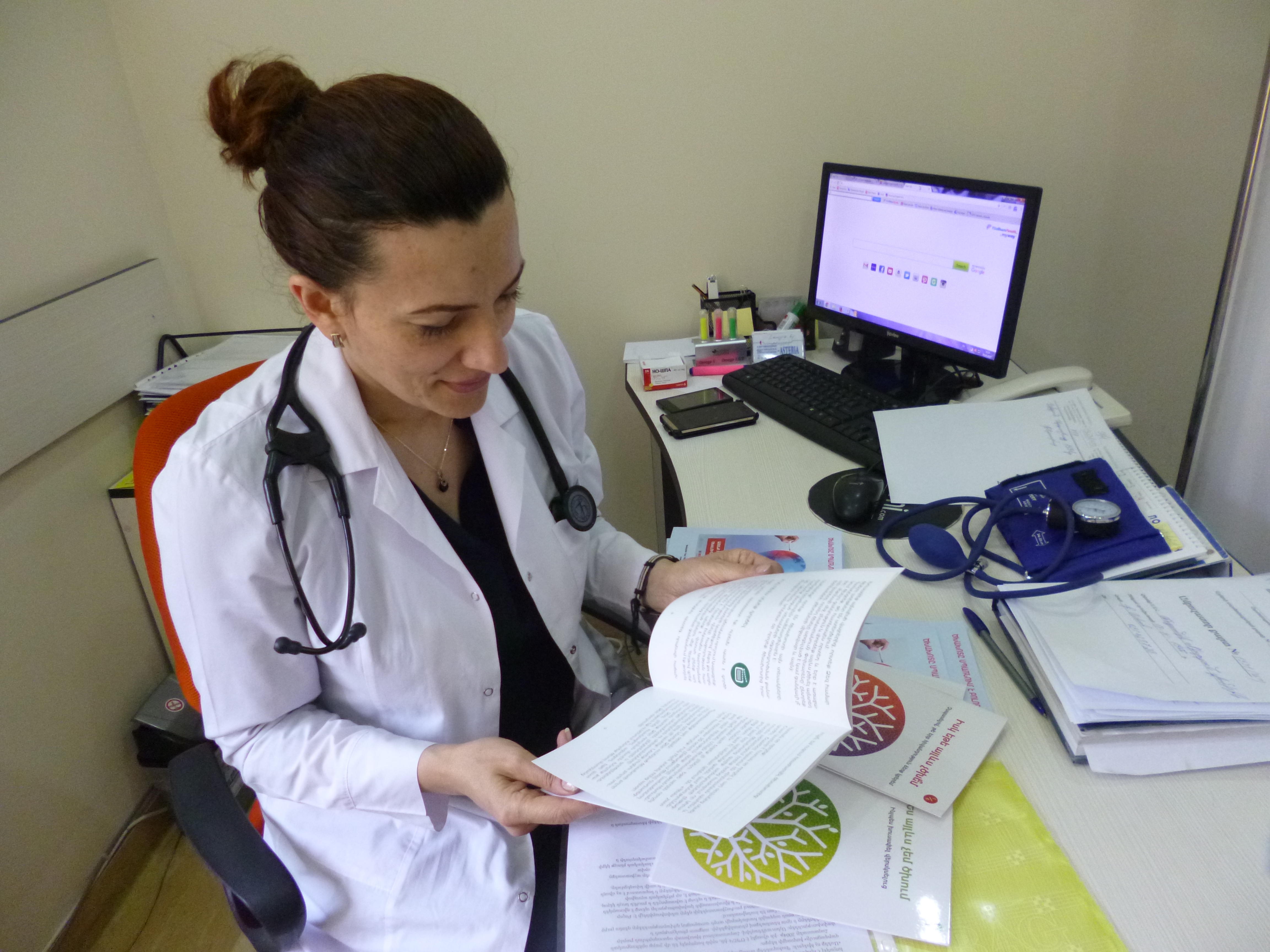
World No Tobacco Day 2017
2 min readEvery year, on May 31, the world celebrates World No Tobacco Day (WNTD) under the auspices of the World Health Organization (WHO) highlighting the health risks associated with tobacco use and advocates for effective policies to reduce tobacco consumption. The theme of this year’s campaign is “Tobacco – a threat to development.” This year, WHO is highlighting how tobacco threatens the development of nations worldwide and is calling on governments to implement strong tobacco control measures. Tobacco control can break the cycle of poverty, contribute to ending hunger, promote sustainable agriculture and economic growth, and combat climate change.
World No Tobacco Day 2017 was celebrated by the Zvart Avedisian Onanian Center for Health Services Research and Development (CHSR) of the Gerald and Patricia Turpanjian School of Public Health (SPH) at American University of Armenia (AUA) through several events.
Dr. Arusyak Harutyunyan, CHSR Senior Researcher, was invited to the “Media Center” press-club to reflect on the WNTD theme. Dr. Harutyunyan mentioned, “Tobacco consumption and exposure to secondhand smoke have devastating health, social, economic and environmental consequences worldwide. Tobacco use costs national economies enormously through increased health-care costs and decreased productivity. Smoking also exacerbates poverty, as the poorest people spend less on essentials such as food, education and health care. In fact, about 80% of deaths related to smoking occur in low- or middle-income countries which is an evidence of health inequity.” She also highlighted the role of healthcare professionals in tobacco control and referred to the training of primary healthcare professionals designed and implemented by the CHSR in 2014-2016.
To support the primary healthcare professionals in helping their patients to quit the CHSR’s tobacco control team developed patient education materials that included information on the benefits of quitting and tips for successful smoking cessation. The CHSR researchers visited primary healthcare physicians that participated in tobacco dependence treatment trainings in 2016 and provided them with the educational materials to be shared with their smoking patients. The CHSR tobacco control team expressed their willingness to provide continuous support to physicians in their tobacco control efforts.
The AUA Gerald and Patricia Turpanjian School of Public Health works actively to improve population health and health services in Armenia and the region through interdisciplinary education and development of public health professionals to be leaders in public health, health services research and evaluation, and health care delivery and management.

